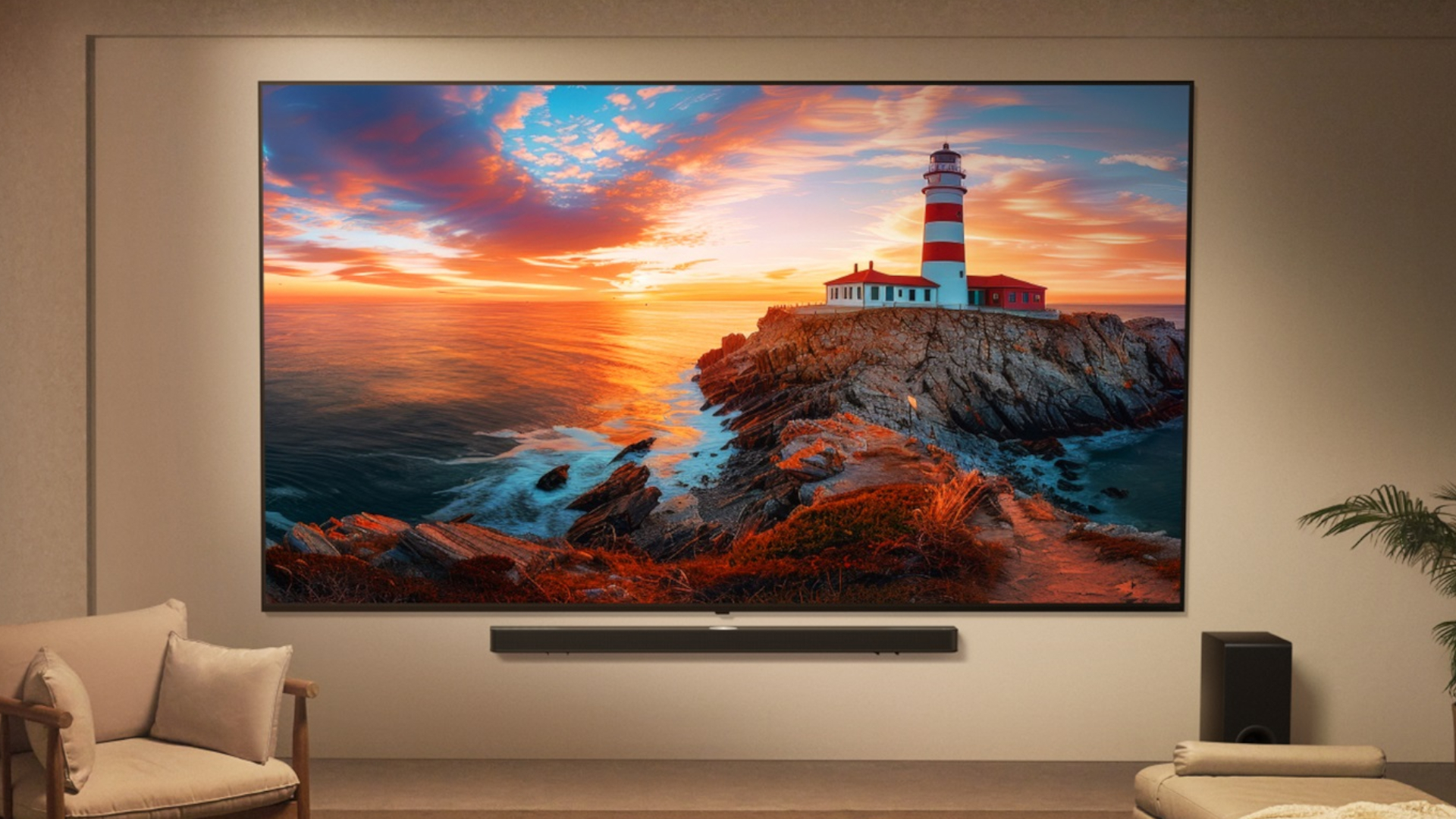5 Key Takeaways From Microsoft Build 2015
Microsoft's annual developer conference keynote was filled with important news, but most of it was targeted at programmers and IT managers. These are 5 important takeaways from Build that everyone should care about.
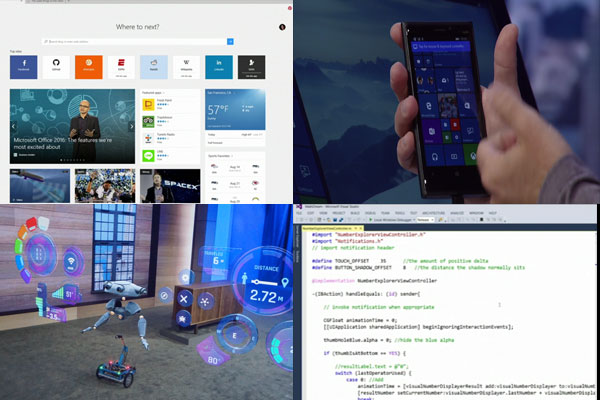
In a detailed, 3-hour long keynote address at Microsoft's Build Conference, CEO Satya Nadella and company spelled out the software giant's vision for the future, revealing more features of its upcoming Windows 10 operating system, its new Edge browser and its Windows Holographic platform. Though a lot of the announcements were targeted at developers and corporate IT departments, there are also plenty of real-world implications for mainstream consumers. These are the five takeaways from Microsoft Build and why you should care about them.
Windows Phones Can Output a Full Desktop
Ever since it first announced Windows 10 last fall, Microsoft has been talking about how the new OS will change its interface to work on devices of all sizes, from smartphones to tablets to desktop computers. The preview builds of Windows 10 have made it easy to switch your PC back and forth between between touch-friendly "tablet mode" and mouse-friendly "desktop mode."
But what about smartphones? At Build, Microsoft Corporate VP of Operating Systems Joe Belfiore revealed that handsets running Windows 10 will be able to output a full desktop UI when attached to an external monitor via HDMI, a feature called Continuum. During a demo, he showed a Windows Phone connected to a keyboard and mouse and running the regular Windows environment, complete with a Start menu that mirrored the live tile layout of the phone's home screen. I was particularly impressed when he explained that he could view different content -- a text messaging app, for example -- on the phone screen than on the monitor, effectively providing a dual-screen experience.
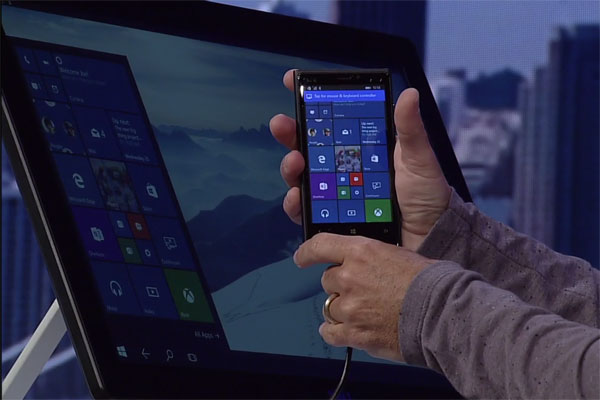
Why You Should Care: In an era where you can fit a full Windows PC on a stick, why not turn your phone into one? For users with modest needs, a smartphone could be their only device for work and play. There are many places in the world where millions of people have smartphones, but very few buy computers so this could open up a whole new world for those users.
The idea of docking your phone and turning it into a computer isn't a new one. Motorola famously failed with its Atrix 4G phone, which brought up a browser-only OS when you plugged it into a $300 keyboard dock. Unlike prior attempts, Microsoft is promising a full fledged Windows experience powered by the phone. However, it's unlikely that the phones will run desktop (aka Win32) apps, because those require an x86 processor and all Windows Phones use ARM processors.
Porting iOS, Android Apps Should Be Easy
Though it has more than 500,000 phone apps available, Windows lags way behind Android and iOS, both in quality of apps and volume. Microsoft hopes to lure more developers to Windows 10 by making it much easier to move their apps over. During the keynote, Microsoft's Terry Myerson showed how a new version of Visual Studio can code in Java, the language of Android apps, or Objective C, the language of iOS. He explained that developers can copy the code from their existing apps into Visual Studio and, with minor changes, compile it for Windows 10.
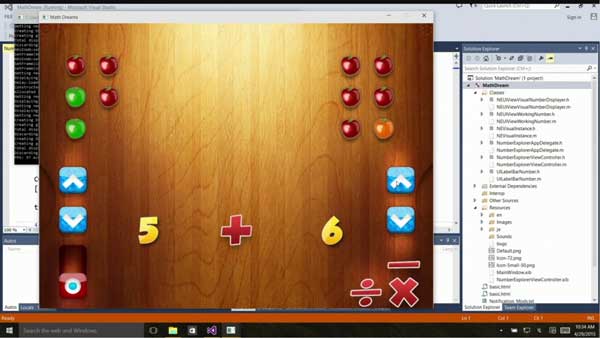
Why You Should Care: If you're a developer who already writes Android and/or iOS apps, you should be able to create Windows versions of those apps with little effort. However, if you're an end user, the benefits are much murkier. You can hope that your favorite apps get ported to Windows 10, but there's no guarantee that the right developers will bite. You can't just take an app from your phone and port it yourself.
Larger publishers are probably looking for a more catered, native experience and will design their Windows apps from the ground up anyway. Google has steadfastly refused to create Windows versions of its apps, but that probably has nothing to do with the difficulty of coding separate versions of Gmail. Remember that developers still have to support, test, submit and market their apps so porting is never effortless, even if all the features work. However, small companies may find that they can now add windows versions of their apps without hiring additional programmers.
HoloLens Apps Can Follow You Around the House, Control Robots
Microsoft's upcoming Windows Holographic platform just keeps getting more exciting. At the keynote, Microsoft exec Alex Kipman showed a new demo of the HoloLens, Microsoft’s headset which lets you place virtual objects on top of your real-world field of view. In the demo, a Microsoft employee named Darren put a variety of applications in different parts of his apartment, with a weather model on a coffee table and a video player on the wall. When Darren walked around the room, he told the video player to follow him and it moved along the wall next to him so he could keep watching; he could also increase or decrease the size of the video player at will.
Later in the keynote, another Microsoft product manager came on stage with a robot that had wheels but no torso or head. Through her HoloLens glasses, the product manager could see a virtual head and arms on top of the real robot as well as control panels floating on either side of the robot. That allowed her to interact with the robot, even helping it navigate around the room.
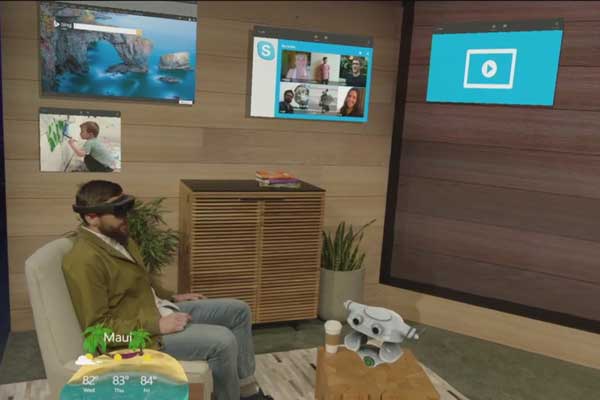
Why You Should Care: It could take a few years to go mainstream, but augmented reality is in your future. Today, AR apps such as Wikitude and Google Goggles use your phone to project graphical information on top of the world. In the near future, the virtual objects you use will be apps, and your home will be the UI. AR will touch every aspect of modern life. Elementary school students will learn about dinosaurs by interacting with virtual exhibits while plumbers look at diagrams projected on top of your pipes. Backed by Microsoft, Windows Holographic has the best chance of dominating this emerging space.
Sign up to get the BEST of Tom's Guide direct to your inbox.
Get instant access to breaking news, the hottest reviews, great deals and helpful tips.
MORE: HoloLens Finally Makes Augmented Reality Real
Windows 10 Will Put App Promotions Everywhere
To help developers succeed and the ecosystem grow, Microsoft plans to push app purchases and downloads in various parts of the Windows 10 UI. For example, when Joe Belfiore searched for "Star Wars," using the search box, his top result was Star Wars: Commander, an app from the store rather than something already installed on his device. This feature works in the most recent preview build of Windows 10 and even pulls up store recommendations when you have apps that match your query already installed. For example, I searched for "word" and was shown both a shortcut for "Wordpad" and promotions for Word Search Saga and Words with Friends in the Windows store.
The lock screen will also display app promotions in Windows 10. Belfiore showed a lock screen with wallpaper that looked like a tablet with pen, which promoted downloading Fresh Paint, a drawing app, from the store.
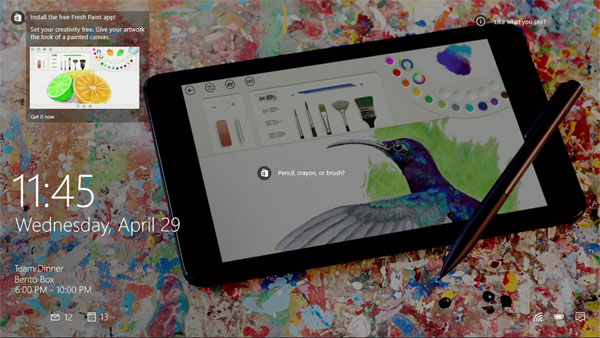
Why You Should Care: On the one hand, you'll have an easier time discovering apps you might really like in Windows 10. On the other hand, the OS will be trying to sell you things as you use everyday functions like search and unlock. So far, at least, the promotions don't seem too obtrusive or annoying.
Project Spartan is Now Microsoft Edge
We've known for a couple of months now that Microsoft plans to replace Internet Explorer with a new browser that's lighter and more standards compliant. Though it was called "Project Spartan" as a working title, the app is now known as (drum roll please) . . . Microsoft Edge. More importantly, we learned that the new browser will support browser extensions built with HTML and Javascript, the same types of extensions that Chrome and Firefox run today. Belfiore showed a Reddit extension that he took from the Chrome store and managed to get working on Edge with minor changes.
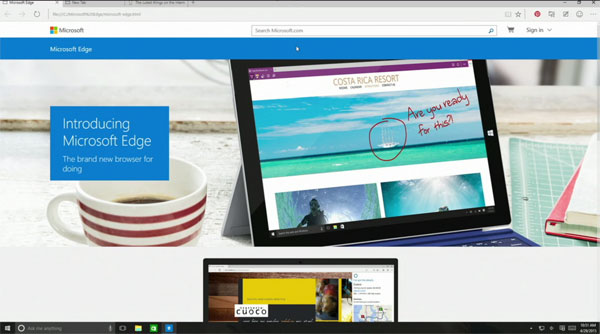
Why You Should Care: If you use Windows 10, you're going to see the Edge browser and Microsoft will undoubtedly promote it heavily. The jury is still out on its performance and usability as the current Project Spartan beta is slower and uglier than the competition. Browser extensions are really important in 2015 so it's good that Microsoft is finally supporting them.
